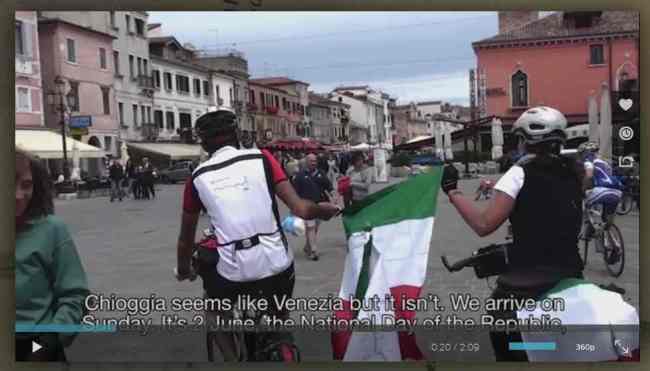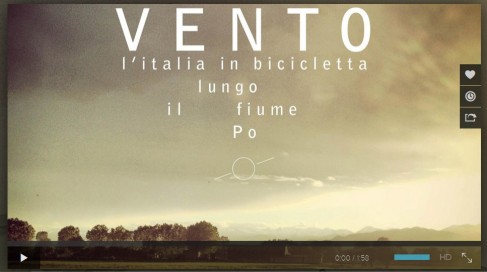from Thewashingmachinepost

Islay being historically and presently a farming community, the island is peppered with old drove roads, devised to allow farmers to move their herds and flocks easily across country as well as taking them to market. while many of these routes are now overgrown as their need has receded to the point of extinction over the past decades, it’s still possible to find beginnings, ends and middles if you look closely enough, and there are still several farmers and retired farmers able to describe in detail what use was made of these makeshift but well trammeled roads.

And as the house at gartbreck, about two miles out of bowmore is granted planning permission to become islay’s ninth malt whisky distillery, someone in the office piped up during the week with the recollection that there used to be a small ferry boat that sailed between gartbreck and port charlotte on the other side of the loch. motorised transport and an almost reasonable road surface have effectively made such a sea route redundant, though i cannot deny it would be a delightful route to reach bruichladdich for a coffee in the summer months. I’m simply not a good enough sailor to attempt anything of the sort at this time of year.
Though one or two of these ancient passages could conceivably make for interesting and diversionary walking and cycling routes even today, it’s highly doubtful that resurrecting any of them would bring a greater number of tourists to the isle. the distilleries we currently have, coupled with road equivalent tariff on the ferries mean that islay’s tourism is all but currently saturated. this rock in the atlantic is not over-endowed with road miles in the first place, so any distance savings would be minimal at best, and you can see most of which you wish via the current transport infrastructure.

There are, however, countries further afield with historical routes that still exist, even though modernity and the encroachment of the motor car have relegated them almost to obscurity.
The river po stretches from the western coast of italy all the way from torino, across country to venice in the adriatic on italy’s east coast. this wide and once busy waterway was often substituted for the sea by various communities that sit along its banks. they undertook the same pastimes on its beach as those on the adriatic coast. five designers from the polytechnic in milan, a city that lies within easy access of the river about a third of the way from torino en route to venice, decided to pedal the 670+ kilometres intending to demonstrate the feasibility of creating the longest bike path in italy.

Aside from undertaking the distance over a period of eight days, they came across many obstacles to easy pedalling principally the result of regional engineers not having taken the bicycle into consideration at all. barriers that meant having to dip under with fully loaded tourers and bridges up and across which bikes and luggage had to be manhandled did little to ease their journey. however, their route took them through towns and villages displaying some exquisite examples of italian architecture and tourist attractions, many of which lie all but unknown and through countryside that has changed dramatically over the last half-century.

The man in charge of the expedition and a single-minded individual who is passionate about opening up the route is paolo pileri. a strong rider towing a bob trailer behind his mountain bike, his is the voice most often heard at public meetings staged along the way to point out to members of the communities just how lucrative the opening of this route could be to their towns. and in the opening sequence of the film vento, he points out that this could all be achieved for the same cost as two kilometres of motorway.
This documentary, lasting 50 minutes was filmed by paolo casalis, pino pace and stefano scarafia, following the five designers as they wend their way along the banks of the po eventually destined for the historical city of venice. not only have they made a quite superb film, but the equivalent of an italian tourist board invite to see some of italy’s hidden treasures along the way. the po has to be traversed by boat on three occasions along the way, leading to some intriguing alternative views other than the aspects offered by pedalling. the producers have strategically inserted some fabulous historical footage of how important the river once was to those who lived along its banks.

Those who may wish to view the impassioned perspicacity of paolo pileri and his colleagues can now access the film either by download, online streaming, or purchase as a dvd. though naturally the narrative is in italian, there is also a version with english subtitles. for those who are perhaps more adventurous and would consider undertaking at least part of the same route for themselves, the footage is invaluable, and even at its very least it’s a highly entertaining and educational 50 minutes.

You can watch the trailer here and if you like what you see, this is also the place to order a copy in the format of your choice. most of us view italy as something of a pilgrimage to which it is necessary to acquiesce at least once in a lifetime. those ideals, however, mostly inhabit the sporting life; this proves that there are aspects of italian cycling life that more readily parallel our own attempts to have those in power pay more attention to the benefits of commuting and cycle-tourism.
As two german tourists admit to pileri en-route, they have met around five cyclists per day on their travels along the banks of the po, whereas they would more regularly meet hundreds if not thousands on a comparable cycle route in germany.
This is a unique film that deserves all the attention you can give it.
monday 10 february 2014





















